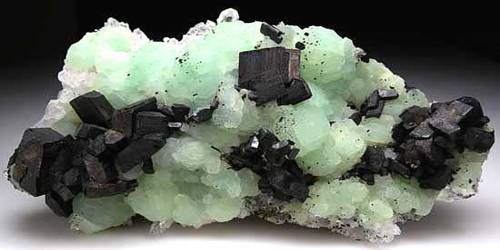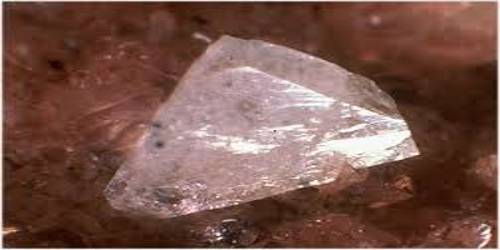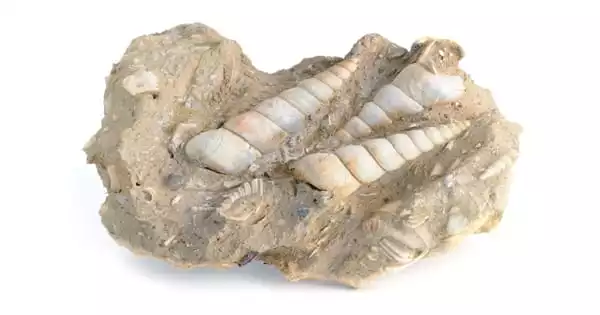Hübnerite or hubnerite is a mineral consisting of manganese tungsten oxide (chemical formula: MnWO4, it isn’t a tungstate). It is the Manganese rich end member while ferberite is the iron rich end member. It forms reddish brown to black monoclinic prismatic submetallic crystals. It was first described in 1865 for an occurrence in the Erie and Enterprise veins, Mammoth district, Nye County, Nevada, and named after the German mining engineer and metallurgist, Adolf Hübner from Freiberg, Saxony.
Hübnerite is primarily used as a source of tungsten. Tungsten is used to harden metal in the manufacture of high-speed tools.
General Information
- Category: Oxide minerals
- Formula: MnWO4
- Crystal system: Monoclinic
- Crystal class: Prismatic (2/m) (same H-M symbol)

Fig: Hübnerite
Properties
Hübnerite is a rare mineral from the rare family wolframite. The crystals are typically flattened and occur with fine striations. It has a high specific gravity of 7.15 and a Mohs hardness of 4.5. It is transparent to translucent with perfect cleavage. It is usually identified by the dark color, one direction of perfect cleavage and high specific gravity all serving to distinguish it from other minerals.
- Color: Yellowish brown to reddish brown, blackish brown, and black
- Cleavage: Perfect on {010}
- Fracture: Irregular/uneven
- Tenacity: Brittle
- Mohs scale hardness: 4 – 4.5
- Luster: Metallic to adamantine towards resinous.
- Streak: Yellow to reddish brown, greenish gray
- Diaphaneity: Transparent to translucent
- Specific gravity: 7.12 – 7.18
- Optical properties: Biaxial (+)
Geological occurrence
Hübnerite is a rare member of the wolframite group. Hübnerite usually found within pegmatites and high-temperature quartz veins. Hübnerite does not occur by itself but is typically associated with other minerals such as cassiterite, scheelite, quartz, galena, arsenopyrite, native bismuth, pyrite, and sphalerite.
A typical occurrence is in association with high-temperature hydrothermal vein deposits and altered granites with Greisen, granite pegmatites and in alluvial deposits. It occurs associated with cassiterite, arsenopyrite, molybdenite, tourmaline, topaz, rhodochrosite and fluorite.
Information Source:















